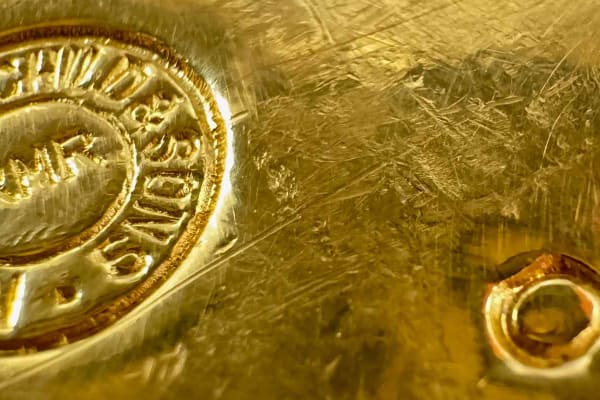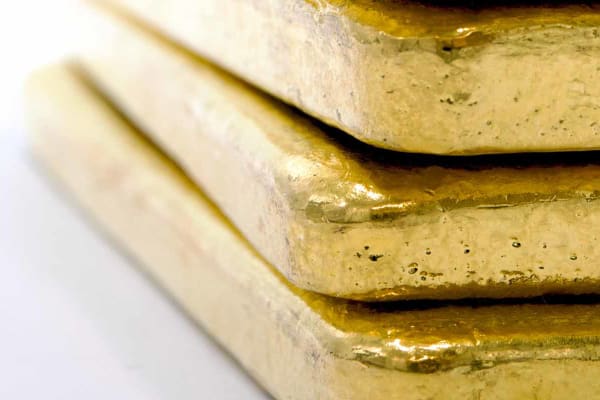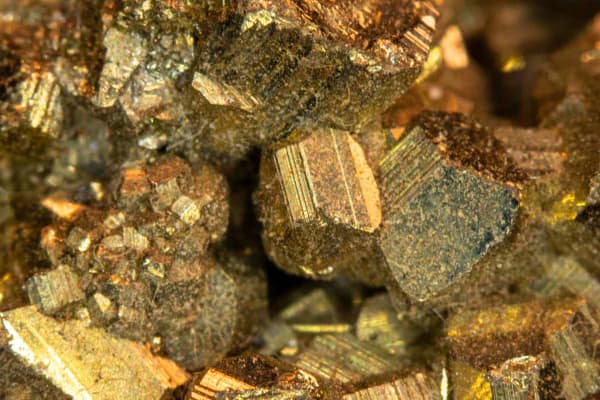
How Much Is One Ton of Gold Worth?
Curious about the value of a ton of gold? This page breaks down the numbers - from troy ounces to global supply - and reveals just how much one ton of pure gold is worth at today’s live prices.

The medieval period was marked by transitioning from barter-based economies to establishing structured monetary systems that revolutionized trade and social structure. Currency in medieval times took various forms and adapted to the evolving economic needs of kingdoms and empires across Europe and beyond.
Before coins became the primary medium of exchange, medieval societies relied heavily on barter, exchanging goods and services directly. This system was practical in small, self-contained communities but limited as trade networks expanded. Around the 9th century, coinage gained popularity in Europe, spurred by the need for a standardized currency to facilitate commerce. Coinage provided a uniform exchange medium, enabling both local and long-distance trade.
Cowrie shells, commonly used in Asia and Africa, also saw limited use in trade with Europe, showing the diversity of currency types in early exchanges. The British Museum offers resources on early coinage and trade practices across regions.
Coins in medieval Europe were primarily made of silver and varied by region and era. Some of the most common coins included:
These coins helped standardise values, making it easier for merchants and kingdoms to trade across regions. Medieval coins’ weights and precious metal content, however, were frequently subject to change based on economic needs, leading to occasional issues with debasement.
During the medieval period, wealth and economic power were concentrated within a strict feudal hierarchy. Kings owned vast tracts of land and controlled the minting of coins. Nobles and barons held land in exchange for loyalty to the crown, collecting taxes from peasants and lesser nobility in the form of goods, labour, or coins.
The feudal structure also created a system of manorial courts, or "halimotes," which governed villages and upheld commerce and land use laws. Peasants, often called serfs, had limited rights and generally exchanged labour for access to land and protection. The Internet Medieval Sourcebook provides in-depth documentation of feudal structures and economic systems.
In addition to local markets, trade fairs were important economic events in medieval society, attracting merchants from across Europe and the Mediterranean. Fairs like those in Champagne, France, became significant hubs where textiles, spices, precious metals, and other goods were bought and sold. These events were highly regulated, with merchants paying fees to rent stalls and sometimes paying additional taxes to local lords.
These fairs also reflected the wealth and diversity of medieval economies, as goods from as far as the Middle East and Asia made their way to Europe through complex trade networks. The University of Cambridge’s Centre for Medieval Studies provides medieval trade and commerce resources, including trade fairs.
The medieval church wielded considerable influence over the economy, collecting taxes (or “tithes”) from the populace and accumulating wealth through land ownership and donations. Religious institutions held significant amounts of land and resources, further concentrating wealth within the church. The church also promoted doctrines on the morality of wealth, often denouncing usury (lending money at interest) and influencing economic policies in Christian Europe. The Catholic Encyclopedia offers additional insights into the church’s role in medieval economic practices.
Medieval currency systems faced several challenges, including:
The development of coins and structured monetary systems in the medieval period set the foundation for modern economies. The emergence of standardized coinage, large-scale trade, and institutions like banks evolved during this era, reflecting the complexity and dynamism of medieval society. The influences of medieval monetary systems persist today, highlighting a time when currency truly began to shape societies and economies.

Curious about the value of a ton of gold? This page breaks down the numbers - from troy ounces to global supply - and reveals just how much one ton of pure gold is worth at today’s live prices.

Read about the history of the gold standard, its advantages and disadvantages.

In the world of minerals, few can charm the untrained eye quite like Fool's Gold.